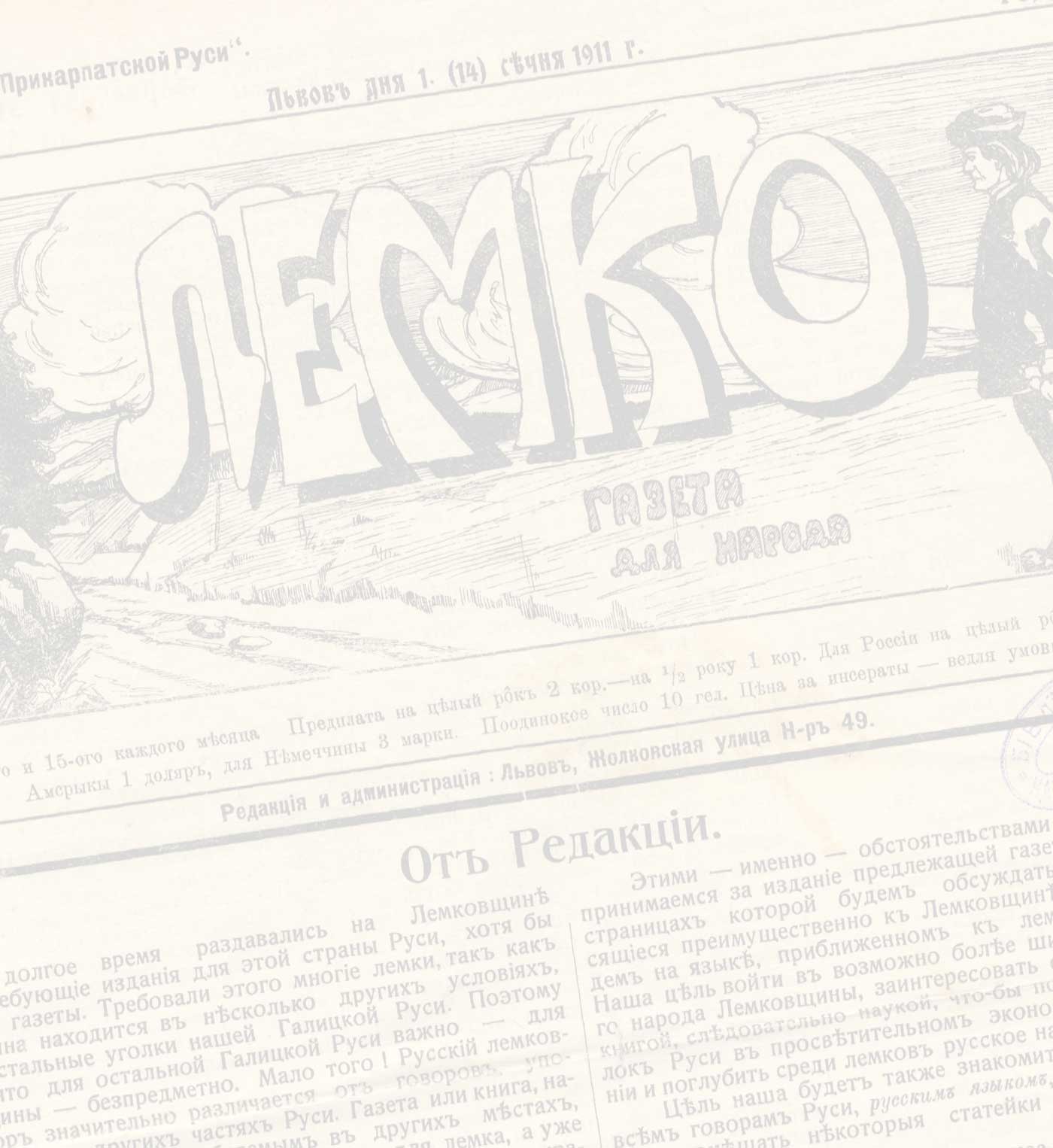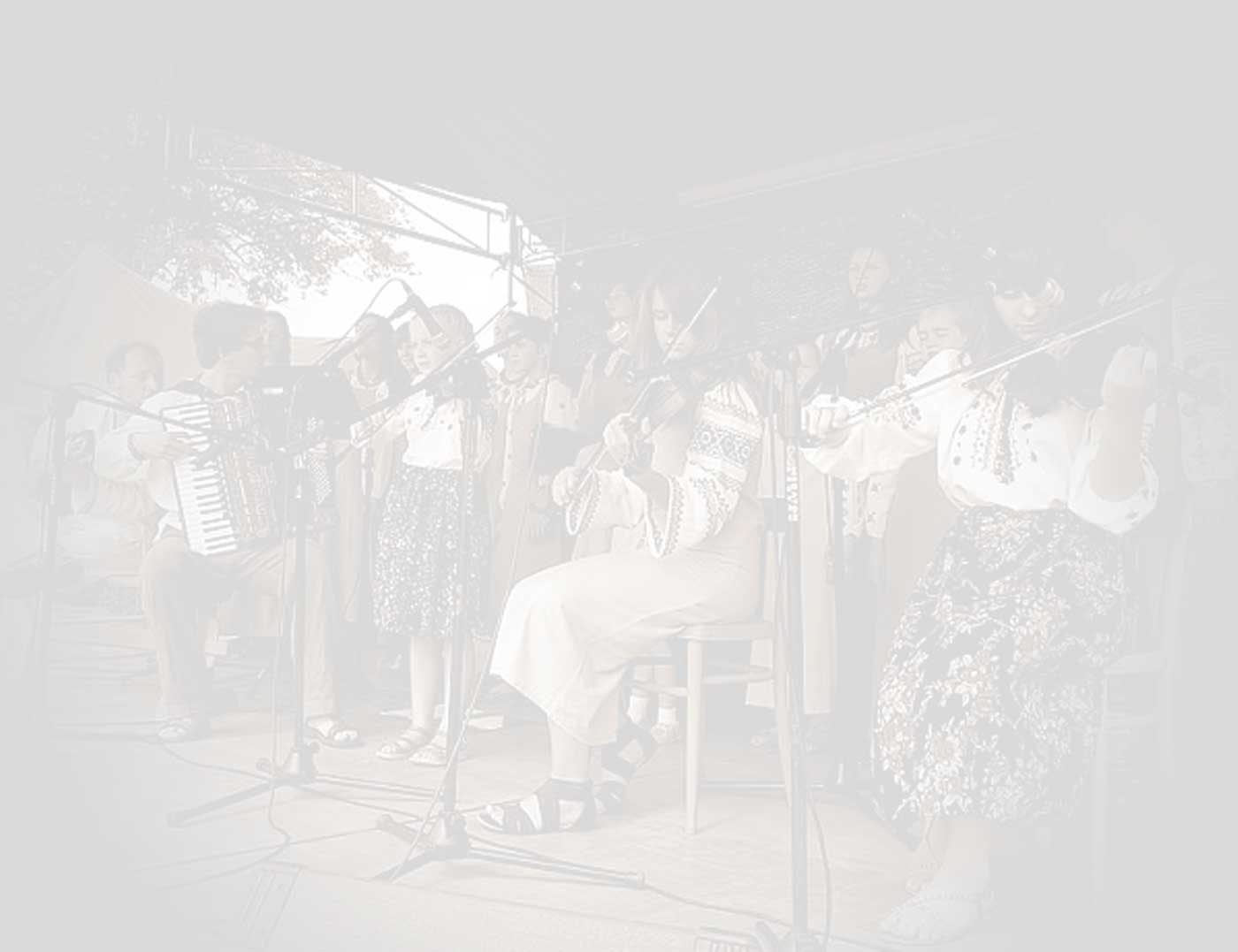The study of language revitalization is a relatively new subfield of linguistics which focuses on the formulation and evaluation of strategies and actions aimed at reversing the processes of language erosion and bringing endangered languages back into use in their speech communities.
Many languages will face partial or complete extinction within the next few decades. In response to this disturbing situation, linguistics is gradually shifting from treating languages only as an object of study to participating in the process of revitalization. Related activities may include evaluating the situation of a threatened language, studying the causes of its endangerment or death, language activism, language documentation and, most importantly, direct collaboration with native speakers in their revitalization efforts. Language revitalization, thus, requires knowledge and skills from many different fields and disciplines such as education, language acquisition, pedagogy, language teaching methodology, language documentation and cognitive linguistics.
There are other terms besides language revitalization which describe a reversal in the process of language extinction. Language reclamation refers to attempts made by the speech community to recover a language which has been lost due to external factors. Language revival alludes to the situation of a language which no longer has any living speakers, but that has been reconstructed and brought back into use. Language maintenance makes reference to activities aimed at supporting a language which is still used in many social domains, despite competition with the dominant or majority language. Research in language maintenance is closely associated with the concept of language shift; therefore, it is often conducted through the identification of functional spheres in which the language is no longer used, or in which it is being gradually replaced by another.
The primary goals of revitalization are to transmit the language to those who don’t know it and to encourage both language users and learners to employ it in a diverse set of situations. The efforts directed at bringing the threatened or “sleeping” languages back into use differ in form and intensity. They may include instruction in the basic vocabulary of the language, collection of linguistic publications, field notes and linguistic corpora for pedagogical use, creation of a writing system, development of dictionaries and textbooks based on the educational needs of speech communities, preparation of audio and video recordings, formal language instruction, organization of language camps and establishment of immersion schools.
Leanne Hinton (2011) distinguishes the following language revitalization models:
- School based language revitalization
- Community based language learning
- Adult language learning
- Family based language revitalization
The unique perspective encoded in the structure of a language provides its users, be they speech community members or non-native speakers, with a unique variety of cognitive, intellectually enriching tools and resources. In other words, language revitalization is good for everyone, and should take into account not only the youngest speakers from the communities where the intergenerational language transmission was interrupted, but also “new speakers”, such as activists, teachers, students and researchers, who represent the broader society.
Selected literature:
Austin, Peter K., and Julia Sallabank, eds. 2011. The Cambridge handbook of endangered languages. Cambridge, UK: Cambridge Univ. Press.
Baker, Colin. 2011. Endangered languages: Planning and revitalization. In Foundations of bilingual education and bilingualism. 5th ed. Edited by Colin Baker: 40–63. Bristol, UK: Multilingual Matters.
Bialystok, E., F. I.M. Craik and G. Luk. 2012. Bilingualism: consequences for mind and brain. In Trends in Cognitive Sciences16(4): 240-250.
Davies, Alan and Elder, Catherine, eds. 2005. The handbook of applied linguistics. Oxford: Wiley-Blackwell.
Fishman, Joshua A. 2000. Can Threatened Languages Be Saved? Clevedon: Multilingual Matters
Grenoble, Lenore A., and Lindsay J. Whaley. 2006. Saving languages: An introduction to language revitalization. Cambridge, UK: Cambridge Univ. Press.
Hinton, Leanne. 2011. Revitalization of endangered languages. In The Cambridge handbook of endangered languages. Edited by Peter K. Austin, and Julia Sallabank, 291–311. Cambridge, UK: Cambridge Univ. Press.
Hinton, Leanne, and Kenneth Hale, eds. 2001. The green book of language revitalization in practice. San Diego, CA: Academic Press.
Romaine, Suzanne. 2007. Preserving endangered languages. In Language and Linguistics Compass 1.1–2: 115–132.
Tsunoda, Tasaku. 2005. Language endangerment and language revitalization. New York: Mouton de Gruyter.
Zuckermann, Ghil'ad and Walsh, Michael 2011. Stop, Revive, Survive: Lessons from the Hebrew Revival Applicable to the Reclamation, Maintenance and Empowerment of Aboriginal Languages and Cultures. In Australian Journal of Linguistics 31.1: 111-127.
























 Tweet
Tweet